About 170 billion cells are in the brain, and as they go about their regular tasks, they produce waste — a lot of it.
The brain appears to rely on synchronized waves to wash out waste products, including toxins associated with Alzheimer’s disease.
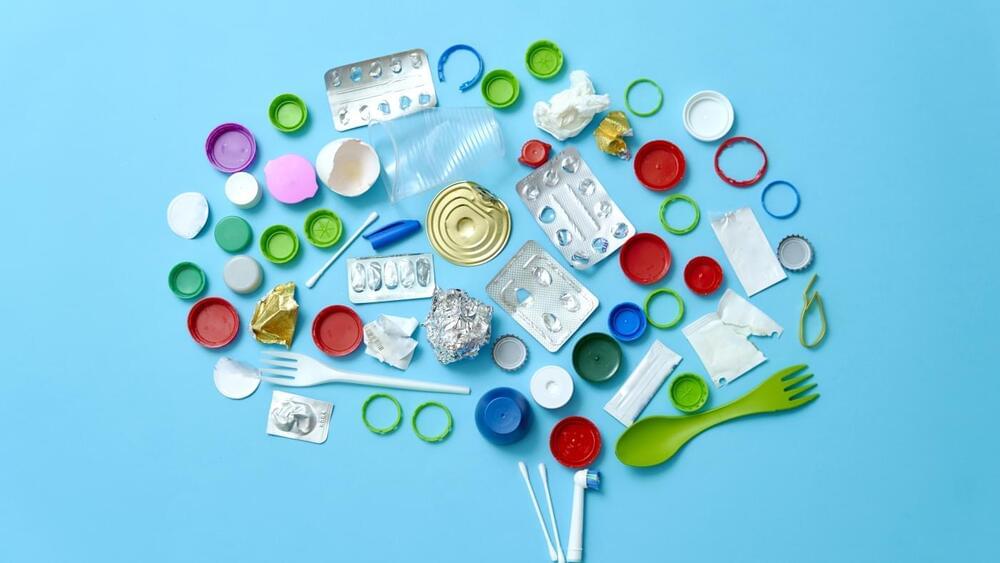
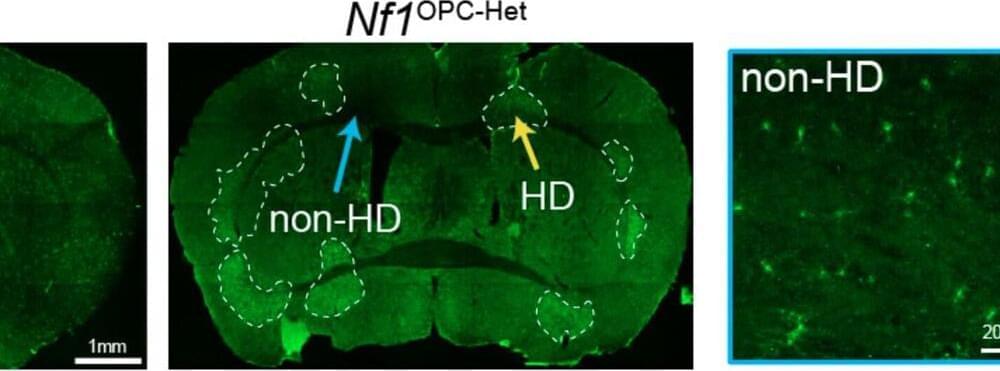
Neurogenetic disorders, such as neurofibromatosis type 1 (NF1), are diseases caused by a defect in one or more genes, which can sometimes result in cognitive and motor impairments. Better understanding the neural underpinning of these disorders and how they affect motor and cognitive abilities could contribute to the development of new treatment strategies.
Researchers at Stanford University and Washington University School of Medicine recently performed a study on mice aimed at investigating the impact of Nf1 gene mutations, which cause the NF1 neurogenetic disorder, on oligodendroglial plasticity, an adaptive brain process known to contribute to cognitive and motor functions.
Their findings, published in Nature Neuroscience, provide strong evidence that Nf1 mutations delay the development of oligodendroglia, a type of glial cells that support the functioning of the central nervous system, causing disruptions in motor learning.
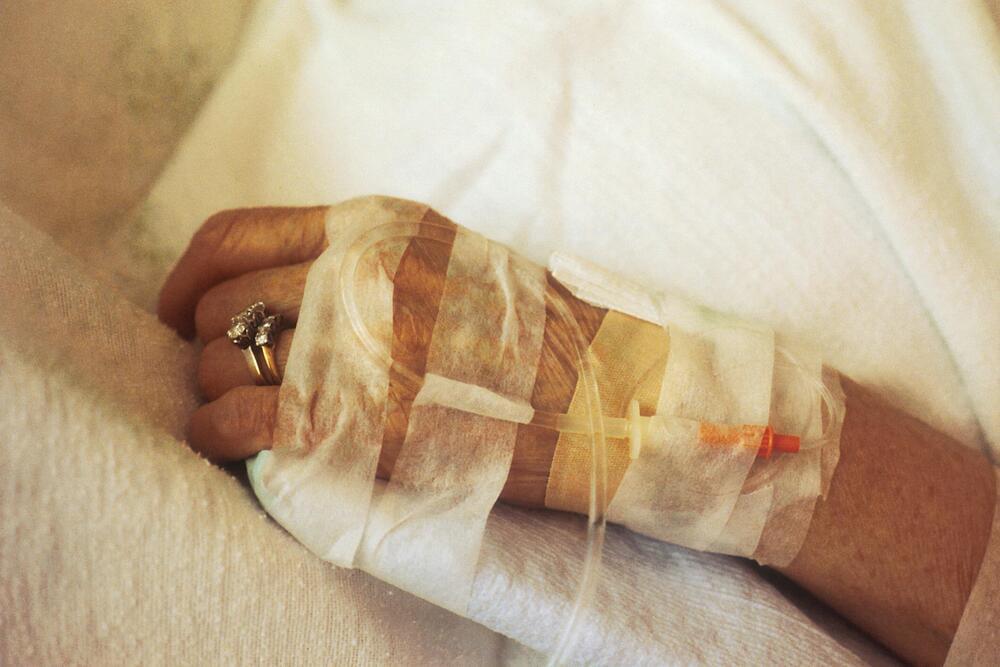
An immunotherapy drug given before surgery instead of chemotherapy meant that over ten times more patients with a certain genetic profile were cancer-free after surgery, according to clinical trial results presented by researchers at UCL and UCLH.
The findings, presented at the American Society of Clinical Oncology (ASCO) Annual Meeting 2024, are interim results from the NEOPRISM-CRC phase II clinical trial assessing whether the immunotherapy drug pembrolizumab can improve outcomes for patients with stage two or stage three MMR deficient/MSI-High bowel cancer. The trial was a collaboration among UCL, UCLH, the Christie NHS Foundation Trust in Manchester, St. James’s University Hospital in Leeds, University Hospital Southampton and the University of Glasgow.
Bowel cancer is the fourth most common cancer in the UK, with around 42,900 cases a year. Though still predominantly a cancer that affects older people, cases among the under 50s have been increasing in recent decades.

Memristor synapses based on green and pollution-free organic materials are expected to facilitate biorealistic neuromorphic computing and to be an important step toward the next generation of green electronics. Metalloporphyrin is an organic compound that widely exists in nature with good biocompatibility and stable chemical properties, and has already been used to fabricate memristors. However, the application of metalloporphyrin-based memristors as synaptic devices still faces challenges, such as realizing a high switching ratio, low power consumption, and bidirectional conductance modulation. We developed a memristor that improves the resistive switching (RS) characteristics of Zn(II)meso-tetra(4-carboxyphenyl) porphine (ZnTCPP) by combining it with deoxyribonucleic acid (DNA) in a composite film. The as-fabricated ZnTCPP-DNA-based device showed excellent RS memory characteristics with a sufficiently high switching ratio of up to ∼104, super low power consumption of ∼39.56 nW, good cycling stability, and data retention capability. Moreover, bidirectional conductance modulation of the ZnTCPP-DNA-based device can be controlled by modulating the amplitudes, durations, and intervals of positive and negative pulses. The ZnTCPP-DNA-based device was used to successfully simulate a series of synaptic functions including long-term potentiation, long-term depression, spike time-dependent plasticity, paired-pulse facilitation, excitatory postsynaptic current, and human learning behavior, which demonstrates its potential applicability to neuromorphic devices. A two-layer artificial neural network was used to demonstrate the digit recognition ability of the ZnTCPP-DNA-based device, which reached 97.22% after 100 training iterations. These results create a new avenue for the research and development of green electronics and have major implications for green low-power neuromorphic computing in the future.
Keywords: artificial synapses; memristors; neuromorphic computing; porphyrin−DNA composite films; superlow power consumption.

More than 3.5 billion years ago, life on Earth emerged from chemical reactions. Nature invented RNA, proteins, and DNA, the core molecules of life, and created the ribosome, a molecular factory that builds proteins from instructions in the genome.
Proteins are wondrous dynamic molecules with incredible functions—from molecular engines that power motion, to photosynthetic machines that capture light and convert it to energy, scaffolding that builds the internal skeletons of cells, complex sensors that interact with the environment, and information processing systems that run the programs and operating system of life. Proteins underlie disease and health, and many life-saving medicines are proteins.
Biology is the most advanced technology that has ever been created, far beyond anything that people have engineered. The ribosome is programmable—it takes the codes of proteins in the form of RNA and builds them up from scratch—fabrication at the atomic scale. Every cell in every organism on earth has thousands to millions of these molecular factories. But even the most sophisticated computational tools created to date barely scratch the surface: biology is written in a language we don’t yet understand.
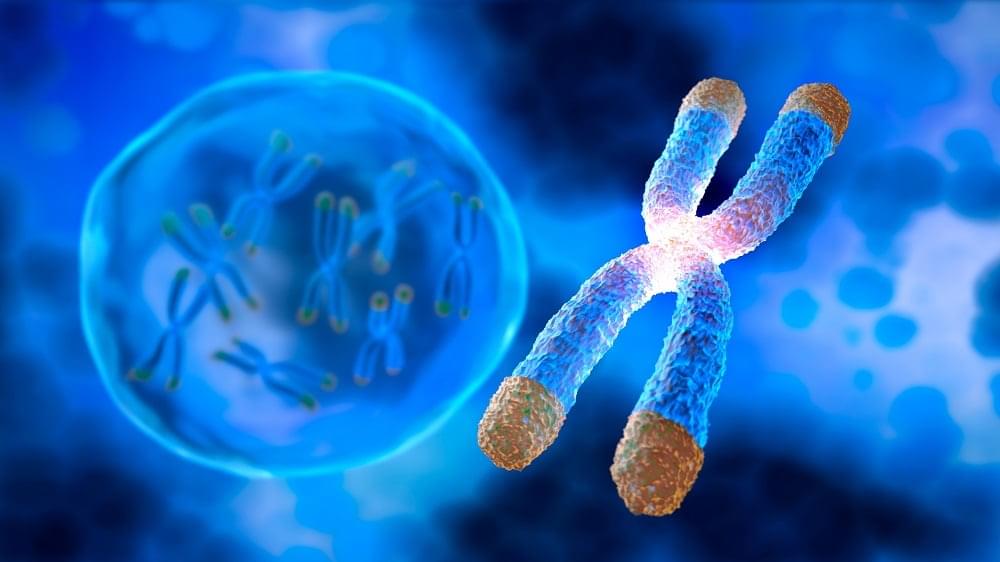
The enzyme telomerase can prevent telomere attrition from happening by extending the length of telomeres. However, in most multicellular organisms, including humans, telomerase expression is switched off, except in germ cells, some types of stem cells, and certain white blood cells. While this might play a role in preventing cancer, as most cancerous cells must switch telomerase expression back on via mutations to enable runaway replication, numerous studies have shown that increasing telomerase through TERT delays aging and increases longevity of model organisms [1].
The small molecule that could
In the lab, this is usually done by introducing genetic vectors carrying a working copy of the gene that codes TERT. It’s this gene that is switched off in somatic cells. However, gene therapies are complex and expensive, and they are just entering the medical mainstream. What if we could do the same using a small molecule?

BOSTON — There currently is no cure for Parkinson’s disease, but scientists may have discovered a potential path to slow or stop the disease. Parkinson’s disease is a brain disorder that can cause movement problems such as tremors, poor balance, and walking difficulties, and it can also impair cognitive function. There is no cure and treatments aim to simply reduce symptoms. But a new study in mice by researchers at Johns Hopkins offers new hope. They found that the interaction of two proteins is key to the buildup of protein clumps in the brain that damage healthy brain cells in Parkinson’s. They also suggest that disrupting these proteins with a drug already approved by the FDA to treat cancer could potentially slow or stop the brain damage associated with Parkinson’s. The next step would be to conduct clinical trials in humans, but that will take time.

Researchers at University of Michigan have developed a method to produce artificially grown miniature brains—called human brain organoids—free of animal cells that could greatly improve the way neurodegenerative conditions are studied and, eventually, treated.
Over the last decade of researching neurologic diseases, scientists have explored the use of human brain organoids as an alternative to mouse models. These self-assembled, 3D tissues derived from embryonic or pluripotent stem cells more closely model the complex brain structure compared to conventional two-dimensional cultures.
Until now, the engineered network of proteins and molecules that give structure to the cells in brain organoids, known as extracellular matrices, often used a substance derived from mouse sarcomas called Matrigel. That method suffers significant disadvantages, with a relatively undefined composition and batch-to-batch variability.

Researchers from Johns Hopkins Medicine and the National Institutes of Health’s National Institute on Aging say their study of 40 older adults with obesity and insulin resistance who were randomly assigned to either an intermittent fasting diet or a standard healthy diet approved by the U.S. Department of Agriculture (USDA) offers important clues about the potential benefits of both eating plans on brain health.
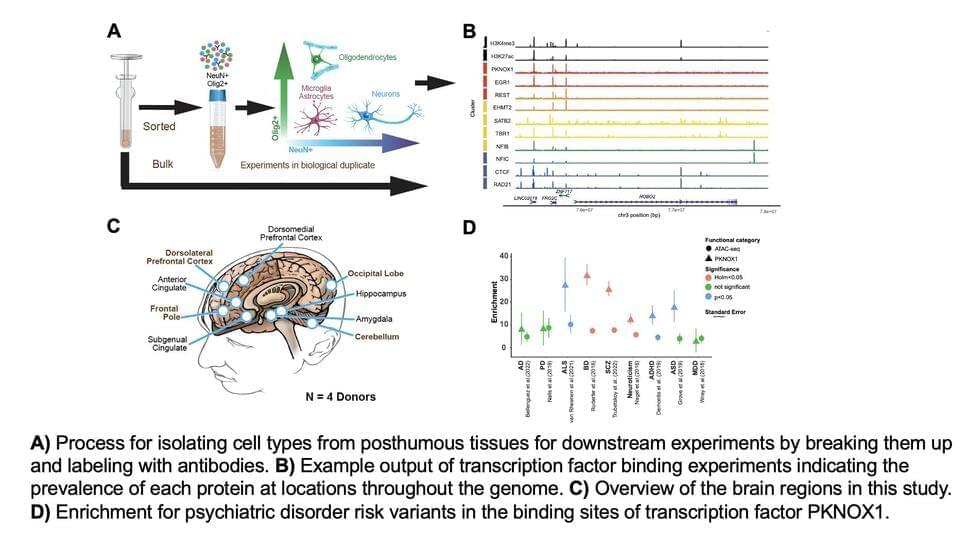
Transcription factors (TFs) are proteins that bind to specific DNA sequences, regulating the transcription of genetic information from DNA to messenger RNA (mRNA). These proteins play a pivotal role in the regulation of gene expression, which in turn impacts a wide range of biological processes and brain functions.